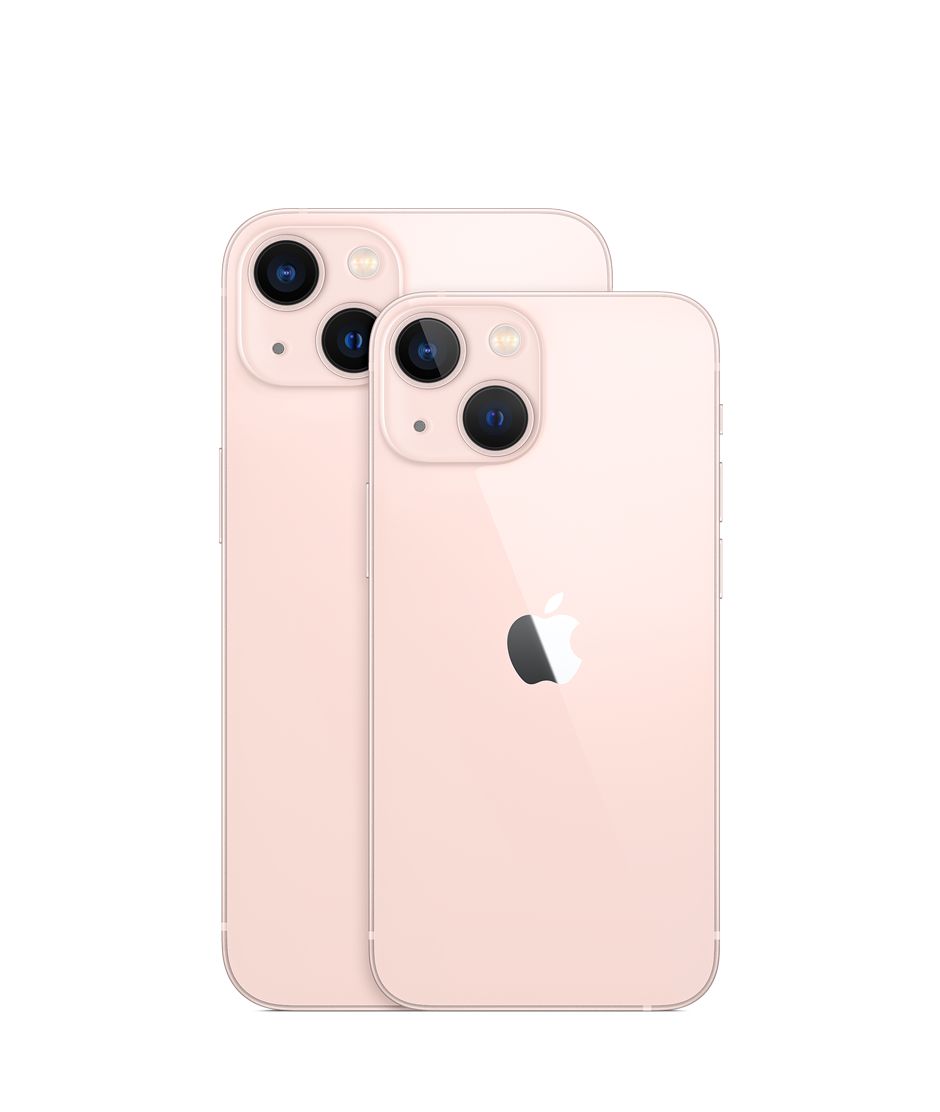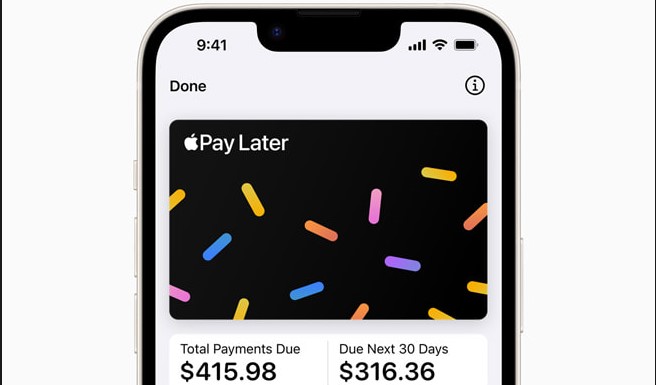In today’s digital age, smartphones have become powerful tools for capturing high-quality videos. However, the downside is that these videos often take up a significant amount of storage space on your iPhone. Sharing them on social media or sending them via email can also be challenging due to file size restrictions. That’s where video compression comes in handy. In this comprehensive guide, we will explore various methods and tools to compress videos on your iPhone, allowing you to save storage space and easily share your videos.
Why Compress Videos on iPhone?
Before we dive into the different methods of compressing videos on your iPhone, let’s first understand why it’s essential to do so. The primary reason is to reduce the file size of your videos, freeing up valuable storage space on your device. Compressed videos also make it easier to share them on social media platforms or send them via email or messaging apps. By compressing your videos, you can overcome file size restrictions and enjoy smoother playback on different devices.
Method 1: Trim With Basic Editing to Reduce File Size
The built-in video editor on your iPhone offers a simple yet effective way to reduce the file size of your videos. By trimming unnecessary sections of the video, you can significantly reduce its size without compromising the overall quality. Here’s how you can trim videos using the basic editing features on your iPhone:
- Open the Photos app on your iPhone and select the video you want to compress.
- Tap Edit in the top-right corner of the screen.
- Locate the bottom bar with thumbnails representing different sections of the video.
- Slide the vertical seek bar to find the section you want to trim.
- Drag the arrows at the ends of the thumbnail sequence to select the desired trimming range.
- Tap Done in the top-right corner, and choose to either Save Video or Save Video as New Clip.
Remember, if you want to save space, select Save Video as New Clip and delete the original video to free up storage.
Method 2: Compress With the Shortcuts App
The Shortcuts app on your iPhone allows you to create custom automation workflows to simplify various tasks, including video compression. Although Apple doesn’t provide a built-in video compression shortcut, you can create your own using the Shortcuts app. Here’s how you can create a compression shortcut:
- Install and open the Shortcuts app on your iPhone.
- Tap the “+” icon in the top-right corner to create a new shortcut.
- Name your shortcut (e.g., “Compress Video”) and tap Add Action.
- Search for and add the Get Images from Input action.
- Change the input to Shortcut Input and select Show in Share Sheet.
- Add the Set Variable action and name the variable “Video”.
- Search for and add the Count and If actions. Set the condition to “is greater than” and the number to “0”.
- Add the Get Variable action and change the variable to “Video”.
- Add the Select Photos action and choose whether to select multiple videos.
- Add the Encode Media action to compress the selected video.
- Add the Choose from Menu action to select the desired resolution for the compressed video.
- Finally, add the Save to Photo Album and Share actions to save or share the compressed video.
After creating the shortcut, you can simply open the video you want to compress, tap the share icon, and select the “Compress Video” shortcut. Choose the desired resolution, and save or share the compressed video.
Method 3: Compress Videos Using iMovie
Another option for compressing videos on your iPhone is to use the iMovie app. While iMovie is primarily a video editing tool, it also offers the capability to compress videos. Here’s how you can compress a video using iMovie:
- Install and open the iMovie app from the App Store.
- Tap Start New Project and select Magic Movie.
- Choose the video you want to compress and tap Create Magic Movie.
- Make any additional edits you want, and then tap Done.
- Tap the Export and Share button and select Share Video.
- In the options menu, choose the desired resolution for the compressed video.
- Tap Done and save the compressed video to your iPhone or share it directly.
Using iMovie, you can not only compress videos but also enhance them with various editing features available in the app.
Also Read:
How to Facetime with Android and Windows users?
Method 4: Compress With a Third-Party App
If you’re looking for more advanced compression options or prefer a dedicated app for video compression, there are several third-party apps available on the App Store. One such app is Video Compress, which offers a range of compression settings and allows you to choose the desired output file format. Here’s how you can compress videos using the Video Compress app:
- Install and open the Video Compress app from the App Store.
- Tap the gear icon in the top-right corner to access the settings.
- Choose the desired Export File Type for the compressed video.
- Return to the home screen and tap the orange circular icon with two diagonal arrows.
- Grant the app permission to access your videos and photos.
- Select the video you want to compress from your gallery.
- Adjust the compression level using the slider and view the resulting file size.
- Tap the Download icon to compress the video.
- The app will automatically save the compressed video, and you can choose to delete the original if desired.
Third-party apps like Video Compress offer more control over the compression process, allowing you to tailor the settings to your specific requirements.
Method 5: Save Space by Shooting in a Lower Resolution
Prevention is better than cure. If you frequently encounter storage issues with your iPhone videos, you can proactively address the problem by adjusting your camera settings. Shooting videos in lower resolutions can significantly reduce their file sizes, ultimately saving space on your device. Here’s how you can change the video resolution settings on your iPhone:
- Open the Settings app on your iPhone.
- Scroll down and tap Camera.
- Select Record Video.
- Choose an option that balances the size and quality of your videos. Lower resolution options will result in smaller file sizes.
By shooting videos in lower resolutions, you can ensure that the videos you capture take up less storage space right from the start.
Should You Compress or Find Other Alternatives?
While video compression is an effective way to reduce the file size of your videos, it’s essential to consider your specific requirements and the trade-offs involved. Compressing a video may result in a slight loss of quality, especially when using higher compression levels. If preserving the highest possible video quality is crucial, other alternatives such as cloud storage, external hard drives, or dedicated video sharing platforms may be more suitable.
Additionally, it’s worth noting that compressed videos may not always be compatible with certain devices or platforms. Before sharing or uploading a compressed video, ensure that the target platform supports the chosen file format and resolution.
Conclusion
Compressing videos on your iPhone is a practical solution for reducing file sizes and saving storage space. Whether you choose to trim videos using the built-in editor, create custom shortcuts, utilize third-party apps, or adjust your camera settings, the methods outlined in this guide offer a range of options to suit your needs. Remember to consider the trade-offs between file size and video quality, and choose the method that best aligns with your requirements. With these techniques at your disposal, you can now compress videos on your iPhone with ease, allowing for convenient sharing and efficient storage management.
Experiencing difficulties with your Device, check out our “How To” page on how to resolve some of these issue





